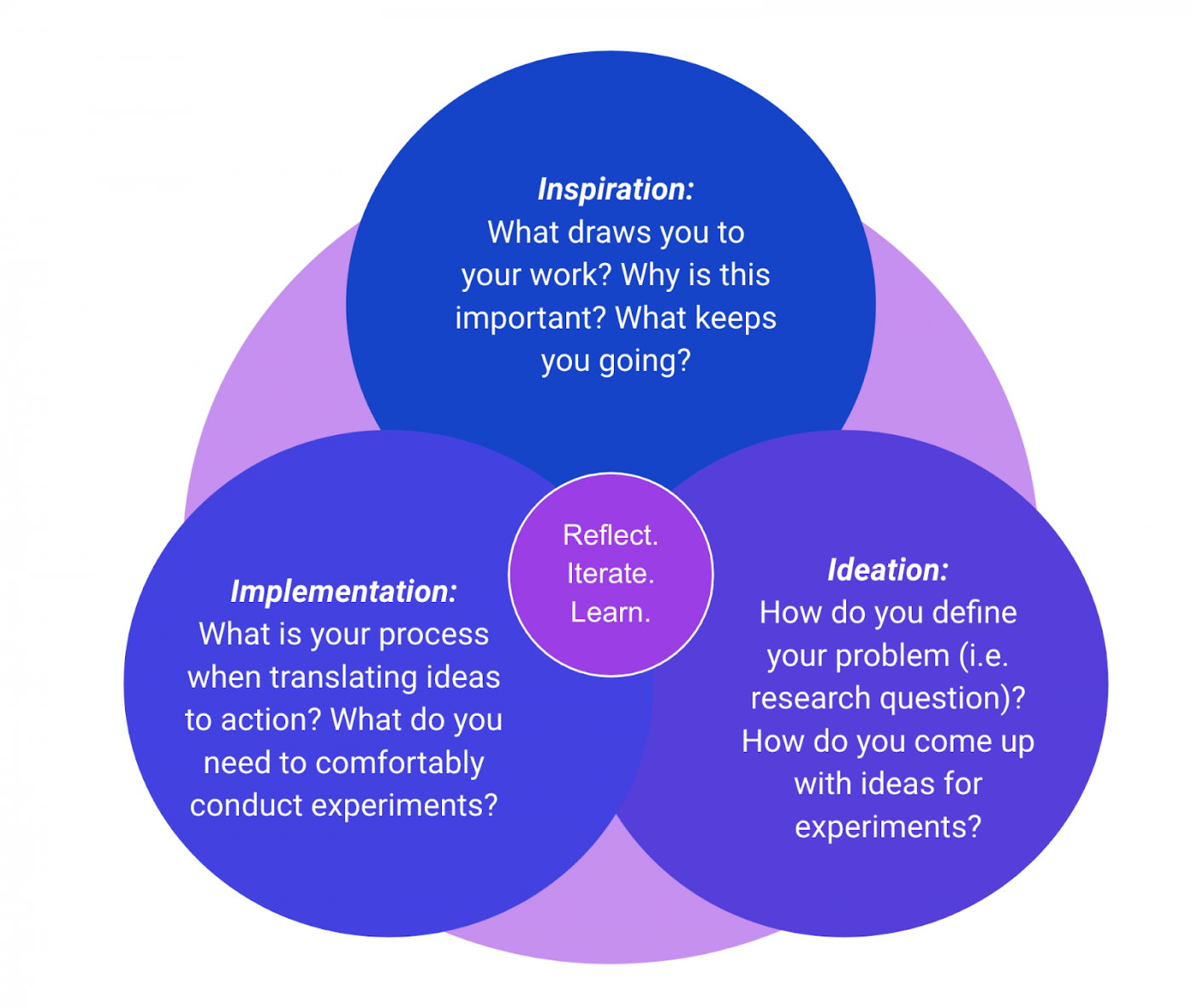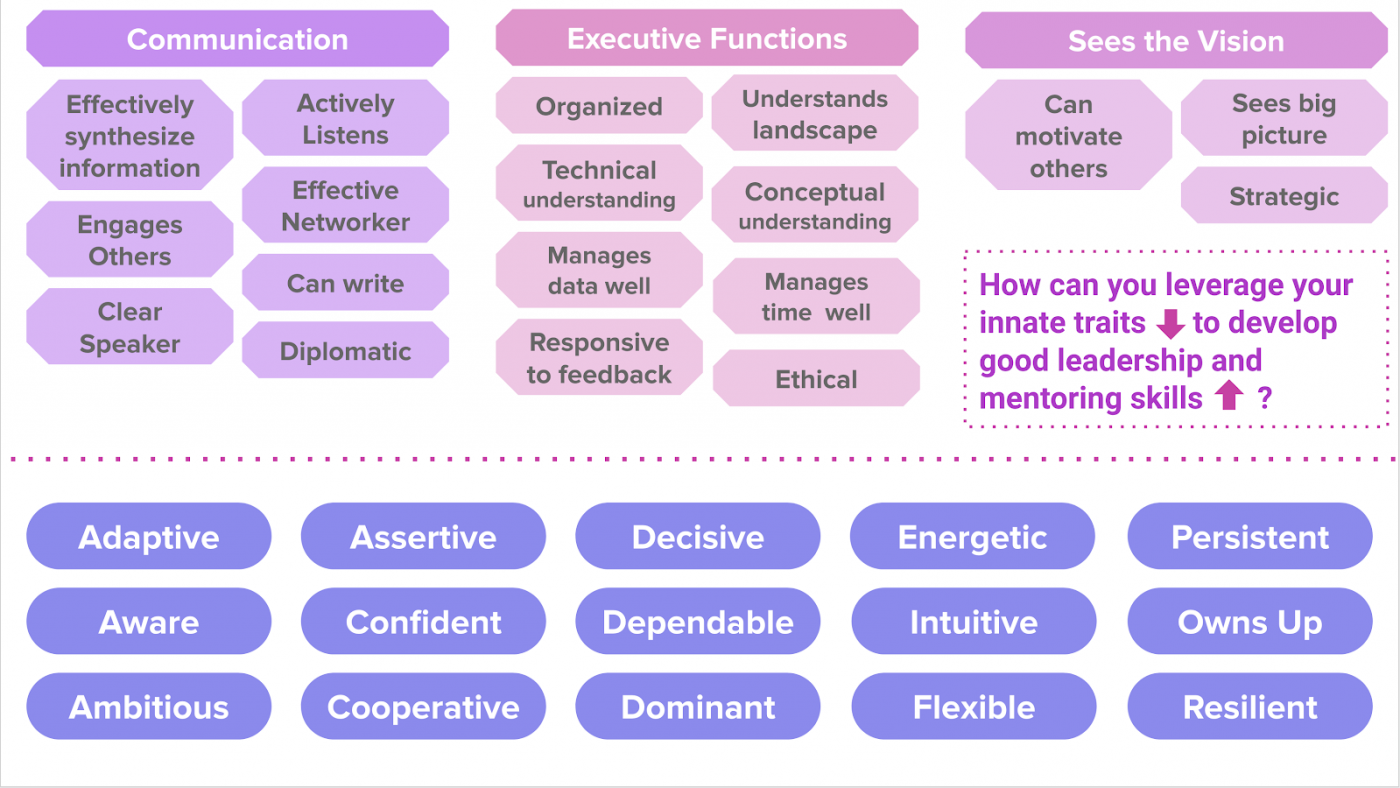Building Your Mentorship Strategy
For nearly all of modern scientific history, the people conducting science did not necessarily represent the diversity of people and cultures that we all hope science will serve. As we work to bring more diverse people and perspectives into the scientific enterprise, we must also create an inclusive and supportive environment. By broadening our approach to consider not just the outputs of science, but who is driving scientific achievement, we can build in more inclusive practices. This refocusing exercise places mentoring at the forefront of our changing (for the better) scientific landscape.
Find a mentorship style that represents the culture you want to see in science
We do not need to reinvent the wheel, however, as strategies to promote effective mentorship already exist. By learning how other professionals outside of science approach management and leadership, we can build on established best practices to find a tailored yet flexible mentoring style that takes into consideration diverse personalities, research goals, laboratory context, etc. Let’s stop building projects and labs, and let’s instead instill in people the capacity to effectively build projects and labs.
Drawing from Human Centered Design Theory
The essence of human centered design is iterative prototyping in a “people first” context as a means to creatively solve problems and drive innovation. But it isn’t just about identifying a problem — it’s more about identifying the right problem, how this problem genuinely impacts people, and how to find effective and relevant solutions through empathetic reflection and iteration. To apply this philosophy to mentorship, it requires us to put people first, research second. This may seem difficult given traditionally held views within academic science research, especially in our high stakes environment. But, truly, the more you can invest in a person, the greater the potential return on your investment.
Human centered design dictates that the core of effective mentorship requires building a rapport with our mentees. It is not always clear how best to do this, but it is important to be authentic. Upon the start of your mentoring partnership, tell your story around what inspires you, how you come up with ideas (experimental and otherwise), and how you work to implement your ideas into practice. This “Inspiration → Ideation → Implementation” framework is a good way to build an important foundation with your mentee, allowing them a glimpse into how you view the world. Additionally, by sharing your work in a way that relates back to being human, you increase the chances of finding common ground. This, in turn, allows for more opportunities to check assumptions, while giving a sense of how to shape communication streams, and increasing overall efficiency in your work.

Applying Elements of Leadership to Mentoring
Becoming a mentor can be an effective way to build leadership skills, so why not approach mentoring with a leadership mindset? There is an enormous body of literature describing a variety of leadership theories, no reinvention of the wheel required. While this is by no means an extensive review of this literature, there is an emerging pattern around four key elements: self-awareness, communication, influence, and learning agility.
Self-Awareness
How well can you reflect on your situation? Can you identify when you should change course? How you should change course? Are you honest about your strengths and your weaknesses (and recognizing that knowing your weaknesses is actually a strength)? Knowing how and why you think the way you think, or react the way you react in specific situations can help you become more empathetic with your mentee. In developing awareness of self, you can reduce bias, and keep focused on the work.
Communication
Knowing how to effectively convey your thoughts and instructions, as well as being able to actively listen to your team members, is perhaps the most essential component of good leadership. It’s not always easy to assess your own clarity and effectiveness, so be able to incorporate regular opportunities to both clarify your instruction, and learn from your mentee if they get it.
Influence
There is a distinction between managing activities and managing outcomes. Often, focusing on the latter is more conducive to getting people to follow your direction. Show that you can trust, and you will receive trust in return. Through your mentee’s eyes, it is likely that your scientific experience sets you apart from them — they might be a little intimidated. Think about how you can include them in some decision-making. By allowing your mentee to feel respect, trust, and ownership of their project, you can get them to work hard for you!
Learning Agility
A central tenet of science is the ability to consider alternative interpretations in the face of new evidence. Do you embody this critical characteristic in your mentorship? Culturally sensitive practices tells us that people interpret information through the lens of their context, and sometimes we also make mistakes. Learning from these experiences helps to keep the mind open, maximizing innovation while minimizing bias. Failure and iteration are central to the scientific method. By demonstrating learning agility to your mentee, you can instill the qualities of resilience and persistence. Additionally, by keeping an open mind, you might also encounter new ways to think about an old problem!
Figuring Out How This All Applies to You
How you determine your best mentoring strategy boils down to your natural modus operandi, but where do you start? One exercise to help with this process is doing an inventory on your traits, the innate qualities that pertain to your general nature (ie are you outgoing or introverted?). Assessing who you are — and perhaps more importantly, who you aren’t — can lead you toward building a mentorship skill set that works for you. It is worth noting that a mentoring skill set takes time to develop. Skills are best acquired and honed through experience — no handbook can ever replace what you learn from doing. Whether it is your first time mentoring, or taking students is old hat, there is always room to grow.

Have a look at some example traits (below/periwinkle), and how they might apply to a set of skills that are relevant to mentoring (above/pink to purple).
